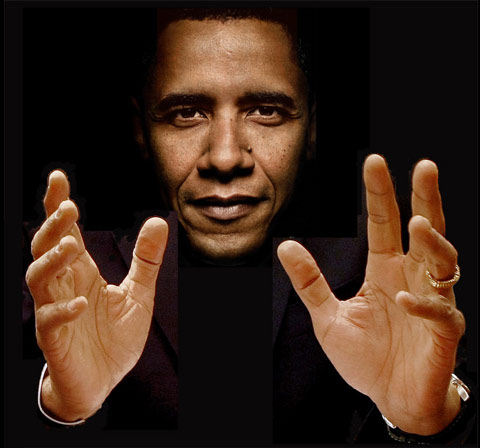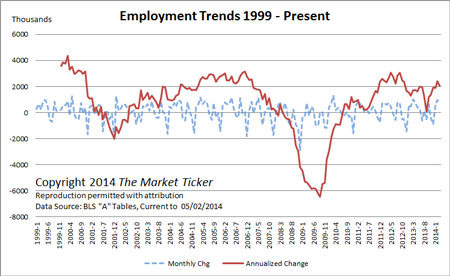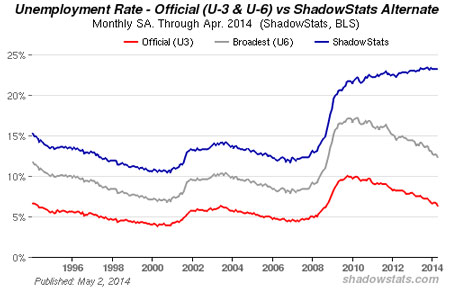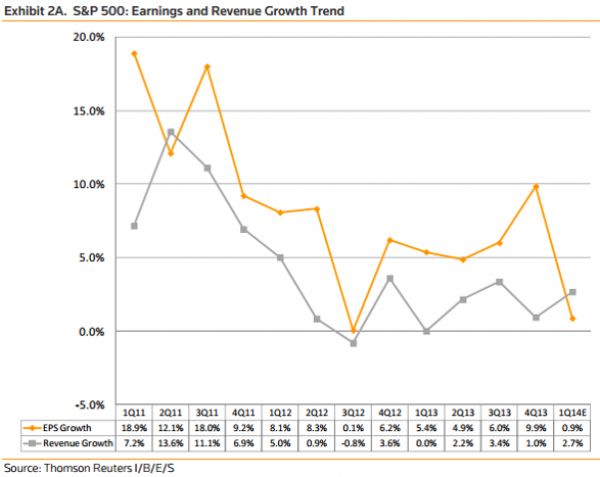Before the final seal is opened and the Day of Wrath begins, God seals 144,000 people from the twelve tribes of Israel. They will remain on earth through the Day of Wrath...
In September 2012, Harvard Divinity School professor Karen King announced the discovery of a Coptic (ancient Egyptian) gospel text on a papyrus fragment that contained the phrase "Jesus said to them, 'My wife . . .' " The world took notice. The possibility that Jesus was married would prompt a radical reconsideration of the New Testament and biblical scholarship.
Yet now it appears almost certain that the Jesus-was-married story line was divorced from reality. On April 24, Christian Askeland—a Coptic specialist at Indiana Wesleyan University and my colleague at the Green Scholars Initiative—revealed that the "Gospel of Jesus' Wife," as the fragment is known, was a match for a papyrus fragment that is clearly a forgery.
Almost from the moment Ms. King made her announcement two years ago, critics attacked the Gospel of Jesus' Wife as a forgery. One line of criticism said that the fragment had been sloppily reworked from a 2002 online PDF of the Coptic Gospel of Thomas and even repeated a typographical error.
But Ms. King had defenders. The Harvard Theological Review recently published a group of articles that attest to the papyrus's authenticity. Although the scholars involved signed nondisclosure agreements preventing them from sharing the data with the wider scholarly community, the New York Times was given access to the studies ahead of publication. The newspaper summarized the findings last month, saying "the ink and papyrus are very likely ancient, and not a modern forgery." The article prompted a tide of similar pieces, appearing shortly before Easter, asserting that the Gospel of Jesus' Wife was genuine.
Then last week the story began to crumble faster than an ancient papyrus exposed in the windy Sudan. Mr. Askeland found, among the online links that Harvard used as part of its publicity push, images of another fragment, of the Gospel of John, that turned out to share many similarities—including the handwriting, ink and writing instrument used—with the "wife" fragment. The Gospel of John text, he discovered, had been directly copied from a 1924 publication.
"Two factors immediately indicated that this was a forgery," Mr. Askeland tells me. "First, the fragment shared the same line breaks as the 1924 publication. Second, the fragment contained a peculiar dialect of Coptic called Lycopolitan, which fell out of use during or before the sixth century." Ms. King had done two radiometric tests, he noted, and "concluded that the papyrus plants used for this fragment had been harvested in the seventh to ninth centuries." In other words, the fragment that came from the same material as the "Jesus' wife" fragment was written in a dialect that didn't exist when the papyrus it appears on was made.
Mark Goodacre, a New Testament professor and Coptic expert at Duke University, wrote on his NT Blog on April 25 about the Gospel of John discovery: "It is beyond reasonable doubt that this is a fake, and this conclusion means that the Jesus' Wife Fragment is a fake too." Alin Suciu, a research associate at the University of Hamburg and a Coptic manuscript specialist, wrote online on April 26: "Given that the evidence of the forgery is now overwhelming, I consider the polemic surrounding the Gospel of Jesus' Wife papyrus over."
Having evaluated the evidence, many specialists in ancient manuscripts and Christian origins think Karen King and the Harvard Divinity School were the victims of an elaborate ruse. Scholars had assumed that radiometric tests would return an early date (at least in antiquity), because the Gospel of Jesus' Wife fragment had been cut from a genuinely ancient piece of material. Likewise, those familiar with papyri had identified the ink used as soot-based—preferred by forgers because the Raman spectroscopy tests used to test for age would be inconclusive.
It is perhaps understandable that Ms. King would have been taken in when an anonymous owner presented her with some papyrus fragments for research. What is harder to understand was the rush by the media and others to embrace the idea that Jesus had a wife and that Christian beliefs have been mistaken for centuries. No evidence for Jesus having been married exists in any of the thousands of orthodox biblical writings dating to antiquity. You would have thought Thomas Aquinas might have mentioned it. But this episode is not totally without merit. It will provide a valuable case study for research classes long after we're gone and the biblical texts remain.
Dr. Pattengale is executive director of the Green Scholars Initiative, with appointments at Indiana Wesleyan University and other institutions.
Read the article at - http://online.wsj.com/news/articles/SB10001424052702304178104579535540828090438
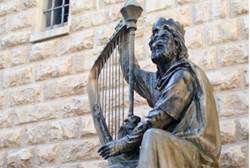








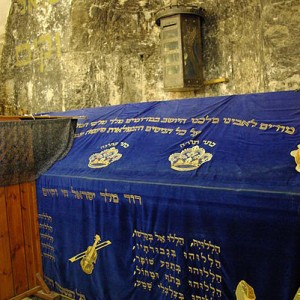



 (Israel)—Israel's deputy minister of religious affairs, Eli Ben-Dahan (Jewish Home), reiterated in a video posted to YouTube this week that the Israeli government is working on new regulations that would finally permit Jews to pray at Judaism's holiest site, the Temple Mount in Jerusalem. (Photo via Israel Today)
(Israel)—Israel's deputy minister of religious affairs, Eli Ben-Dahan (Jewish Home), reiterated in a video posted to YouTube this week that the Israeli government is working on new regulations that would finally permit Jews to pray at Judaism's holiest site, the Temple Mount in Jerusalem. (Photo via Israel Today)
